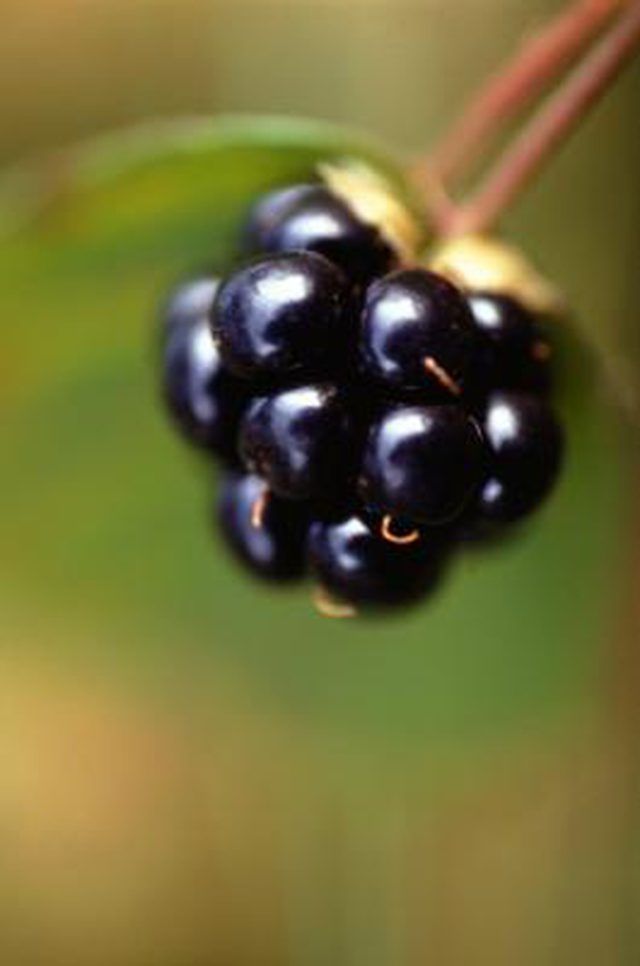Bulbs
Flower Basics
Flower Beds & Specialty Gardens
Flower Garden
Garden Furniture
Garden Gnomes
Garden Seeds
Garden Sheds
Garden Statues
Garden Tools & Supplies
Gardening Basics
Green & Organic
Groundcovers & Vines
Growing Annuals
Growing Basil
Growing Beans
Growing Berries
Growing Blueberries
Growing Cactus
Growing Corn
Growing Cotton
Growing Edibles
Growing Flowers
Growing Garlic
Growing Grapes
Growing Grass
Growing Herbs
Growing Jasmine
Growing Mint
Growing Mushrooms
Orchids
Growing Peanuts
Growing Perennials
Growing Plants
Growing Rosemary
Growing Roses
Growing Strawberries
Growing Sunflowers
Growing Thyme
Growing Tomatoes
Growing Tulips
Growing Vegetables
Herb Basics
Herb Garden
Indoor Growing
Landscaping Basics
Landscaping Patios
Landscaping Plants
Landscaping Shrubs
Landscaping Trees
Landscaping Walks & Pathways
Lawn Basics
Lawn Maintenance
Lawn Mowers
Lawn Ornaments
Lawn Planting
Lawn Tools
Outdoor Growing
Overall Landscape Planning
Pests, Weeds & Problems
Plant Basics
Rock Garden
Rose Garden
Shrubs
Soil
Specialty Gardens
Trees
Vegetable Garden
Yard Maintenance
How to Plant Olallieberry Bushes
How to Plant Olallieberry Bushes. The olallieberry is a large, rather tart cousin of the blackberry. When planting and growing these berries it is important to remember that they are perennial, but the canes that produce the berries are biennial and survive for only two years. The first year the canes, sometimes also called vines or branches,...

The olallieberry is a large, rather tart cousin of the blackberry. When planting and growing these berries it is important to remember that they are perennial, but the canes that produce the berries are biennial and survive for only two years. The first year the canes, sometimes also called vines or branches, produce other canes in the form of branches growing to the sides. The second year the side branches produce fruit, after which they can be removed along with the vertical canes, since they will no longer be productive and they will take energy from the plant.
Things You'll Need
Pruning shears
Shovel
Aged compost
Cotton string
Choose a location that gets plenty of sun. It should also have a trellis behind it, or you can add one made of wood, wire or other sturdy material. These bushes must be supported in order to grow properly.
Prune the canes down until they are about 6 inches tall before you plant them. This will help the plant get a good start.
Dig a hole large enough to hold the olallieberry’s root ball with about 3 extra inches around it and under it. Take all of the soil out of the hole.
Mix the soil with aged compost, using about half soil and half compost. Break up any large lumps. Be sure the compost is well aged so that it doesn’t burn the plant’s roots.
Put a layer of the soil and compost mixture into the hole so that it supports the olallieberry at the same depth it was at in its nursery planter. Test the plant to make sure, and if necessary remove it and adjust the soil until you have it correct. If you plant it too deep the stem is likely to rot, and if it is too shallow the roots may dry out or encounter disease and insect damage.
Fill in around the roots with the soil and compost mixture. Pat it down firmly so that it supports the plant, and also so that there are no air pockets around the roots.
Tie the canes to the trellis as they grow with soft cotton string. Tie the verticals in an upright position, and support all lateral growth horizontally.
Tips & Warnings
Let the new canes stay on the ground as they grow until you remove the old ones, then tie the new canes to the trellis. These will start to grow by the third year and will replace the ones that you remove.
Olallieberries will not grow in many of the places that blackberries will. They do best in climates such as Southern California and the Pacific Coast. Make sure your area is suitable before planting these large berries.